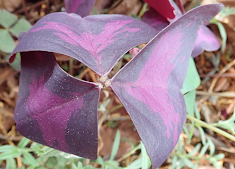Hitchin Cemetery August & September 2022
Hitchin Cemetery August & September 2022
The most significant event during August & September was the presentation of a long service award (garden centre voucher) to Betty for her work for over twenty years as a volunteer for the Countryside Management Service. Betty is the hardest working volunteer at the cemetery, keeping going for long hours in all weathers: note the muddy knees! Betty has been used to hard work having been a nurse all her working life. I won't embarrass her by disclosing her age, but she mentioned that she was one of those people who camped out all night to see the coronation in 1953 (a bit of rain never put her off then and it doesn't now), at the time she was working as trainee nurse at Great Ormond Street and it was just luck that her days off coincided with the coronation.


The wild roses also were home to some Rose Sawflies, luckily these caterpillars seem to favour wild roses and not the garden varieties as they can strip lots of foliage using team work (although the plant still seems to thrive).
The above photos show a very young stage on the left and on the right the larva are a week older and are bigger and more boldly marked. Below are photos of an adult (left) and the scar (right) on the stem where eggs were laid. The flies are named after the saw-like appendage which the females use for slicing in to a stem to lay their eggs.


As ever the cemetery is an excellent place to spot ladybirds and it was a good time to spot the larval stage of Harlequin Ladybirds with their spikey "don't mess with me" appearance, and the stunning Eyed Ladybird which is the largest UK species.
An unusual sight was a Southern Oak Bush Cricket which I found in a Silver Birch, so maybe the name is a bit mis-leading. Crickets have very long antennae whereas grasshoppers are stubby. Interestingly this species is predator of Horse Chestnut Leaf Miners which are the tiny moths which are turning every Horse Chestnut tree brown in mid-summer.
There will be plenty of interest in the cemetery even in the darker days to come, both plants and animas as well grave stones to be found, so why not have a stroll around?


















Comments
Post a Comment